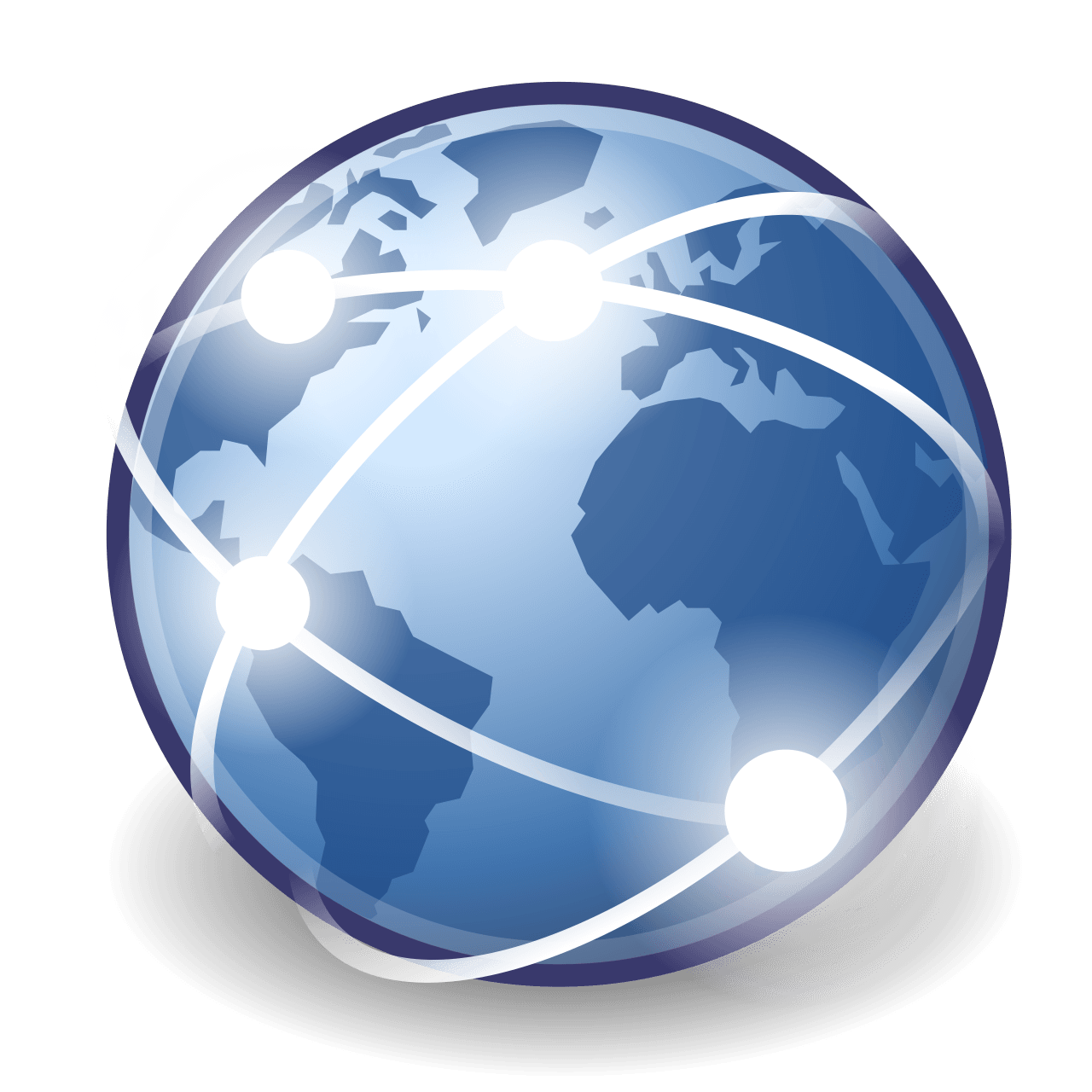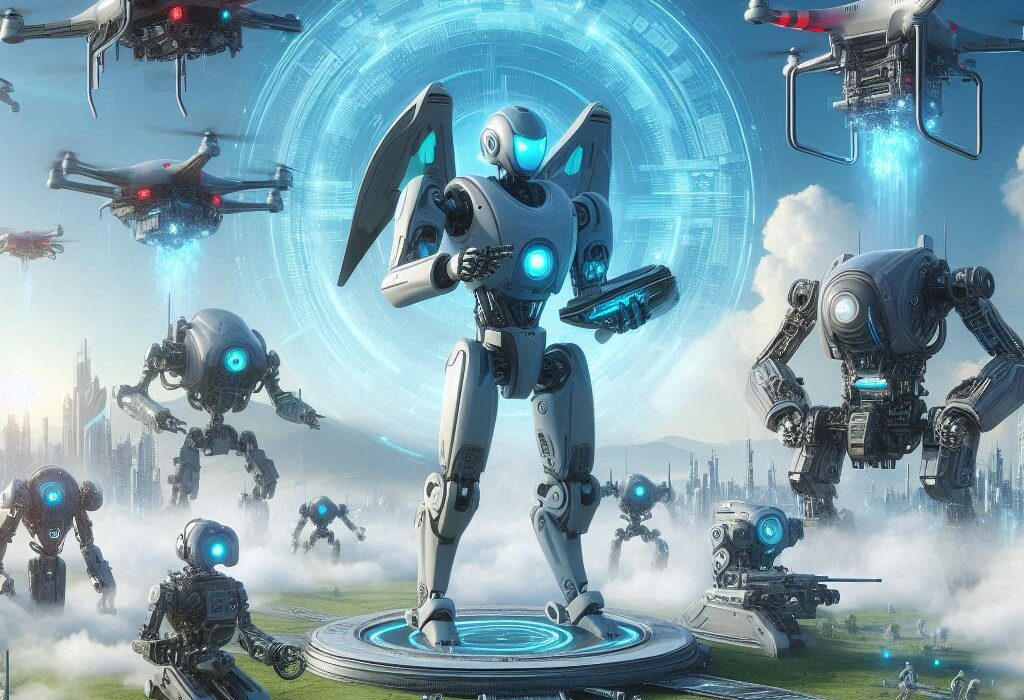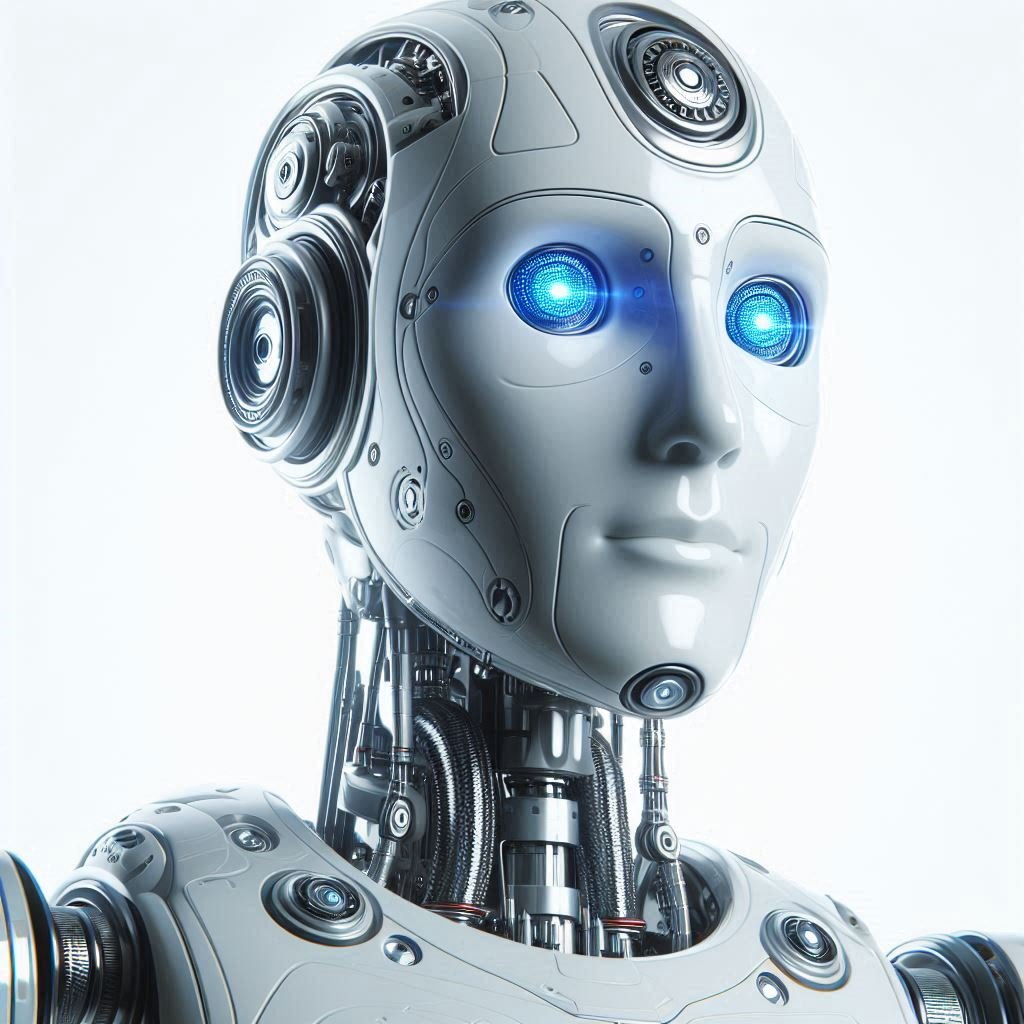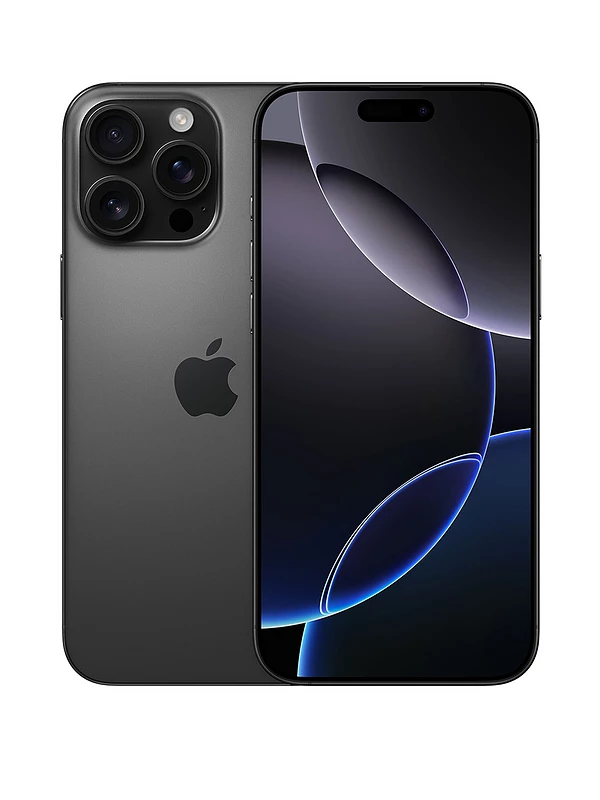The Internet is not a thing you can hold in your hands. It has no smell, no weight, no color. Yet it pulses through the world like a second bloodstream for humanity, connecting minds, businesses, machines, and cultures in ways no single invention before it ever could. The Internet is a conversation that never stops, a library without walls, a city that never sleeps. It is as intimate as a whispered video call between lovers across continents, and as vast as the global financial networks that move trillions of dollars before breakfast.
But before it became a part of everyday life — before children grew up knowing no world without it — the Internet was a fragile experiment. It was born from military necessity, nurtured in university labs, and matured in the chaotic freedom of hackers, engineers, and dreamers. To understand what the Internet is today, we must first follow its winding path from idea to reality.
Sparks in the Cold War
The story begins not in a garage or corporate boardroom, but in the tense atmosphere of the Cold War. In the late 1950s, the United States faced the chilling possibility of nuclear war. The launch of the Soviet satellite Sputnik in 1957 intensified fears that America was falling behind in science and technology. In response, the U.S. government formed the Advanced Research Projects Agency (ARPA) to explore high-risk, high-reward ideas that could strengthen national security.
Among ARPA’s many projects was an idea for a communication network that could survive even if parts of it were destroyed. The traditional telephone system relied on central hubs, which could be knocked out in an attack. But what if messages could be broken into pieces, sent across multiple routes, and reassembled at the destination? This concept — packet switching — was revolutionary at the time.
Engineers like Paul Baran in the United States and Donald Davies in the United Kingdom envisioned networks with no single point of failure. Every computer in such a network would be a potential relay for information. This redundancy would make the system resilient and, as it turned out, incredibly scalable.
The Birth of ARPANET
In 1969, the first practical version of this vision came alive. ARPA funded the creation of ARPANET, a network linking research institutions across the United States. The first nodes were at UCLA, Stanford Research Institute, UC Santa Barbara, and the University of Utah.
The first message sent over ARPANET was supposed to be “LOGIN.” Instead, it was “LO.” The system crashed after the first two letters. It was a humble, even comical beginning, but like a baby’s first word, it signaled something profound.
Through the 1970s, ARPANET grew, connecting more universities and government labs. The network’s protocols evolved, most importantly with the creation of TCP/IP (Transmission Control Protocol / Internet Protocol), which became the common language of all connected machines. On January 1, 1983, ARPANET switched entirely to TCP/IP, marking the moment many historians consider the true birth of the Internet as we know it.
The Internet Leaves the Laboratory
By the mid-1980s, the Internet had expanded far beyond its original military and research purposes. It linked scientists in different countries, allowing them to collaborate with unprecedented speed. Yet it was still a tool for specialists, not the general public.
That began to change with the arrival of email, which quickly became the Internet’s “killer app.” Suddenly, people could send messages instantly to colleagues anywhere in the world, without worrying about time zones or postage. Then came Usenet newsgroups, where communities formed around every imaginable topic. The seeds of today’s social media were being sown.
Still, the Internet in the 1980s was not user-friendly. It required technical knowledge, and it was largely text-based. There were no clickable links, no images, no colorful graphics. That transformation would come in the early 1990s, and it would change everything.
The World Wide Web and the Great Opening
In 1989, at the CERN laboratory in Switzerland, British computer scientist Tim Berners-Lee proposed a new way to organize and share information on the Internet: the World Wide Web. His idea combined hypertext — text that could link to other text — with the Internet’s global connectivity. In 1991, the first website went live.
The World Wide Web turned the Internet into a visually navigable space. You could click on a word or image and be taken instantly to another page anywhere in the world. In 1993, the release of the Mosaic web browser made the Web accessible to non-technical users. Suddenly, you didn’t need to know arcane commands — you could just point, click, and explore.
The public’s response was electric. By the mid-1990s, businesses, media outlets, and ordinary people were rushing to create websites. The dot-com boom was underway, and the Internet began seeping into daily life.
The Internet Becomes a Way of Life
By the late 1990s and early 2000s, the Internet was no longer a novelty. It was an essential tool. Search engines like Yahoo! and later Google made it possible to navigate the ever-expanding web of information. Online shopping transformed retail, with Amazon leading the way. Email replaced much of traditional mail. News could be updated in real time.
The arrival of broadband connections in the early 2000s made the Internet faster and more capable. High-quality images, streaming audio, and eventually video became common. You could watch a concert happening on the other side of the world, chat with someone in another hemisphere, or collaborate on a shared document without ever meeting in person.
Then came social media — first with early platforms like Friendster and MySpace, and then with the game-changers: Facebook, Twitter, Instagram. The Internet was no longer just a library or marketplace; it was the main stage for human interaction. Friendships, romances, movements, and revolutions began to unfold online.
How the Internet Works — Beneath the Surface
Although it feels almost magical, the Internet is built on physical infrastructure: vast networks of fiber-optic cables, satellite links, and server farms. Data travels as pulses of light or radio waves, broken into packets that find their way from sender to receiver through a labyrinth of routers and switches.
The protocols that govern these journeys — like TCP/IP, HTTP, and DNS — are like the grammar of a global language. They ensure that a message from your phone in Dhaka can find its way to a server in São Paulo and back in milliseconds. The system is decentralized, meaning no single authority controls the entire Internet. This design makes it robust and flexible but also resistant to censorship — at least in theory.
At the edges of this infrastructure, billions of devices — from supercomputers to smartwatches — connect to what is, in essence, humanity’s largest cooperative project.
The Internet as a Cultural Mirror
The Internet is not a single personality. It reflects the best and worst of the people who use it. It is a platform for breathtaking creativity, where musicians can release albums without record labels, writers can publish without editors, and filmmakers can share their visions without studios. It is also a marketplace for every possible product, from handmade crafts to cutting-edge AI tools.
But the Internet is also home to misinformation, harassment, and the amplification of prejudice. Social media algorithms can trap people in echo chambers, reinforcing biases and polarizing societies. Privacy, once a default, has become a rare commodity, traded for convenience.
In this sense, the Internet is a mirror: it shows us what we are, both noble and flawed. It magnifies human potential — and human problems.
The Internet in the Developing World
For billions of people, the Internet is not a luxury but a lifeline. In rural villages, mobile Internet provides access to educational resources, telemedicine, and markets that were once unreachable. Activists use it to document abuses and organize resistance. Families separated by migration use it to maintain bonds across continents.
However, the digital divide remains stark. While some parts of the world enjoy gigabit fiber connections, others still rely on slow, expensive, or unreliable access — if they have access at all. Bridging this divide is one of the great challenges of the 21st century, because in the modern world, to be disconnected is often to be disadvantaged.
The Internet of Things and the Next Frontier
Today, the Internet is no longer confined to computers and phones. Cars, refrigerators, thermostats, security cameras, and even medical implants can be connected — a phenomenon known as the Internet of Things (IoT). This connectivity brings convenience and efficiency but also raises new security and privacy risks.
Meanwhile, technologies like 5G, satellite Internet constellations, and quantum networking promise to make the Internet faster, more pervasive, and perhaps even more secure. Artificial intelligence, fueled by the vast data streams of the Internet, is beginning to reshape the way we search, create, and communicate.
The next chapter of the Internet’s story will likely blur the line between online and offline, making connectivity as invisible — and as essential — as the air we breathe.
The Human Heart of the Internet
For all its cables, servers, and code, the Internet is ultimately about people. It is about the grandmother in Manila reading bedtime stories over video chat to her grandchildren in Toronto. It is about the Syrian refugee in Berlin using translation apps to navigate a new life. It is about the teenager in a small town discovering a community of like-minded friends halfway around the globe.
The Internet is the sum of these moments — the connections that shrink our world and, paradoxically, make it larger than we ever imagined.
Conclusion: The Great Experiment
The Internet is still young, barely half a century old. It has already reshaped commerce, politics, art, education, and even our sense of identity. It is both a tool and an environment, a human creation that has begun to feel like a natural extension of our senses.
Its future will depend on the choices we make today: about openness versus control, about privacy versus convenience, about equity versus exclusion. We are all co-authors of the Internet’s next chapters.
And perhaps that is its most extraordinary feature — that this vast, borderless, ever-changing network is not owned by any single person, company, or government, but is instead a shared, ongoing experiment in what it means to be connected.






